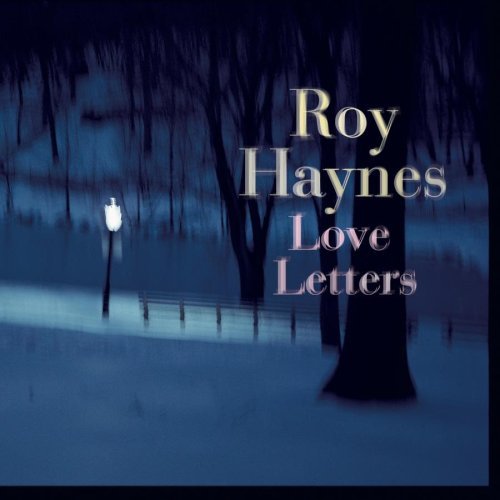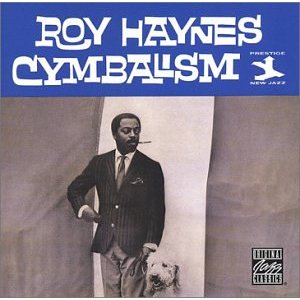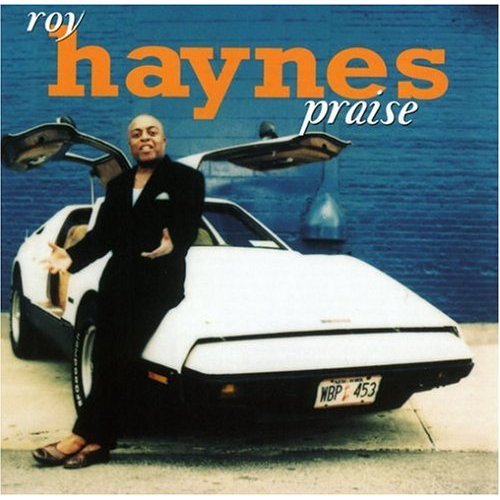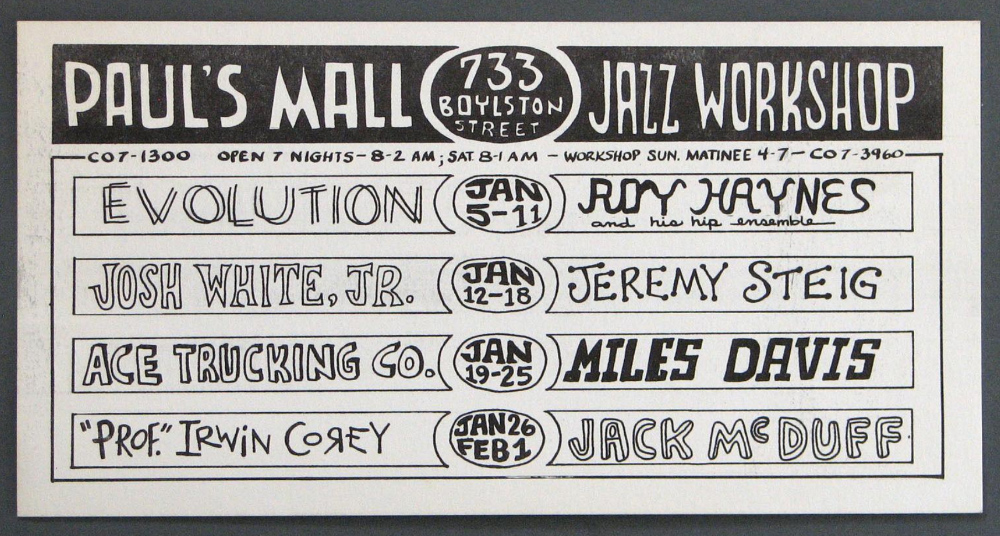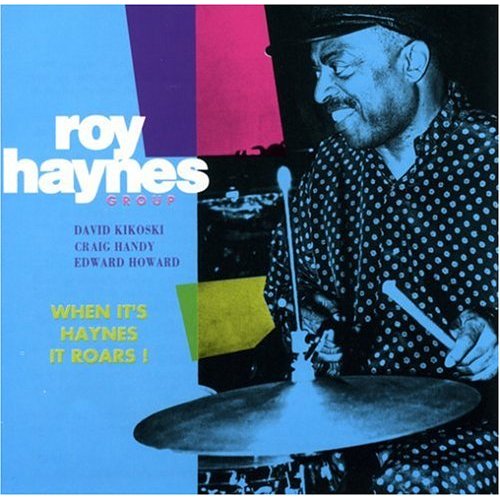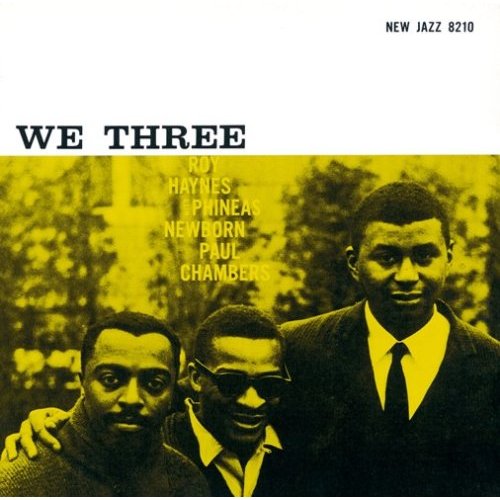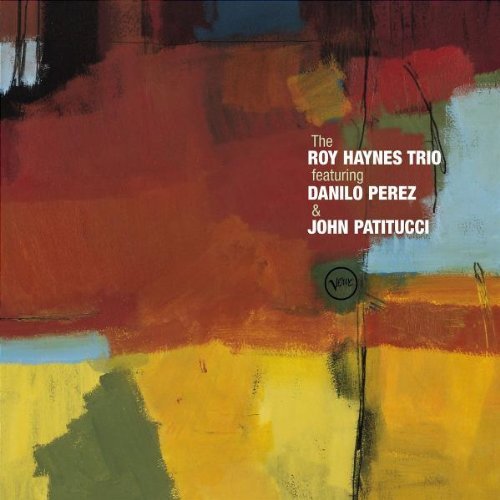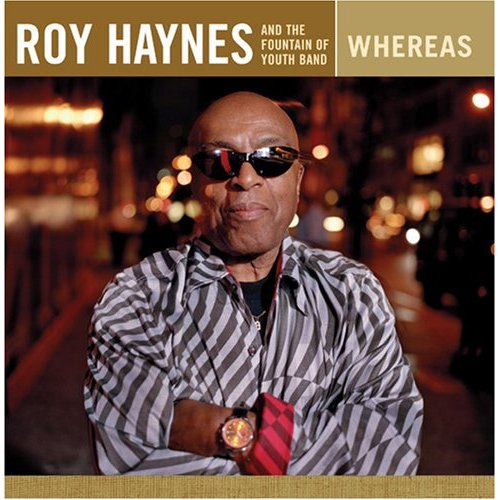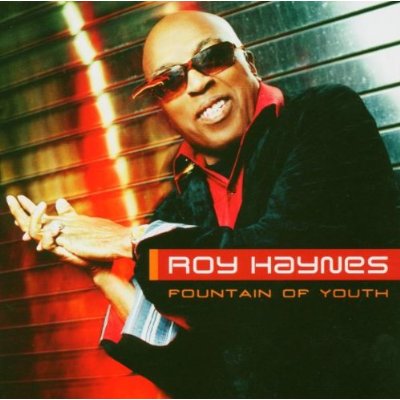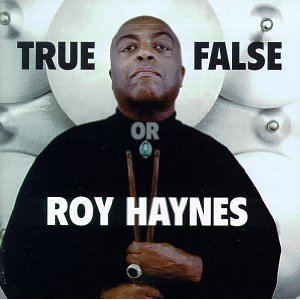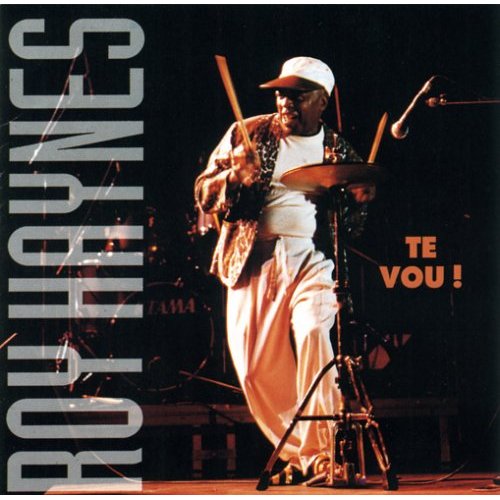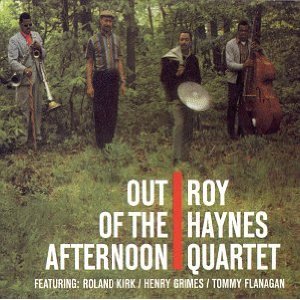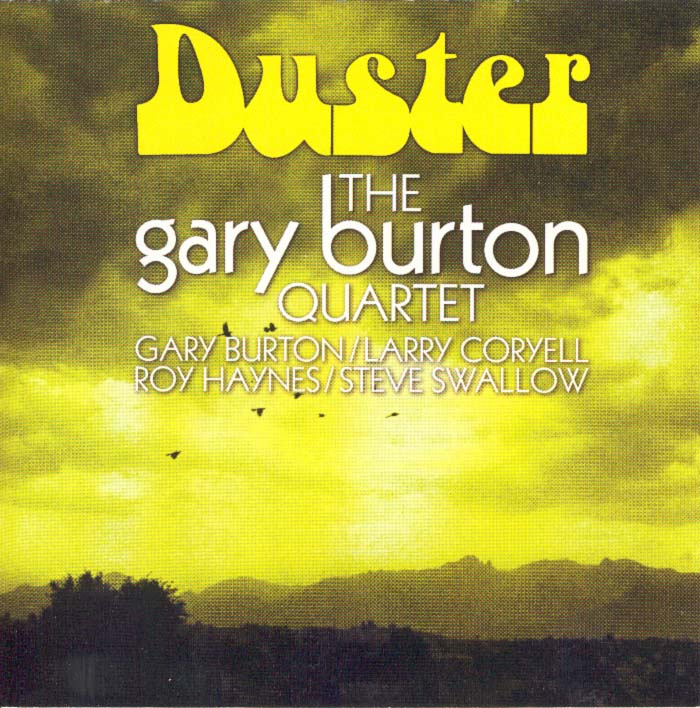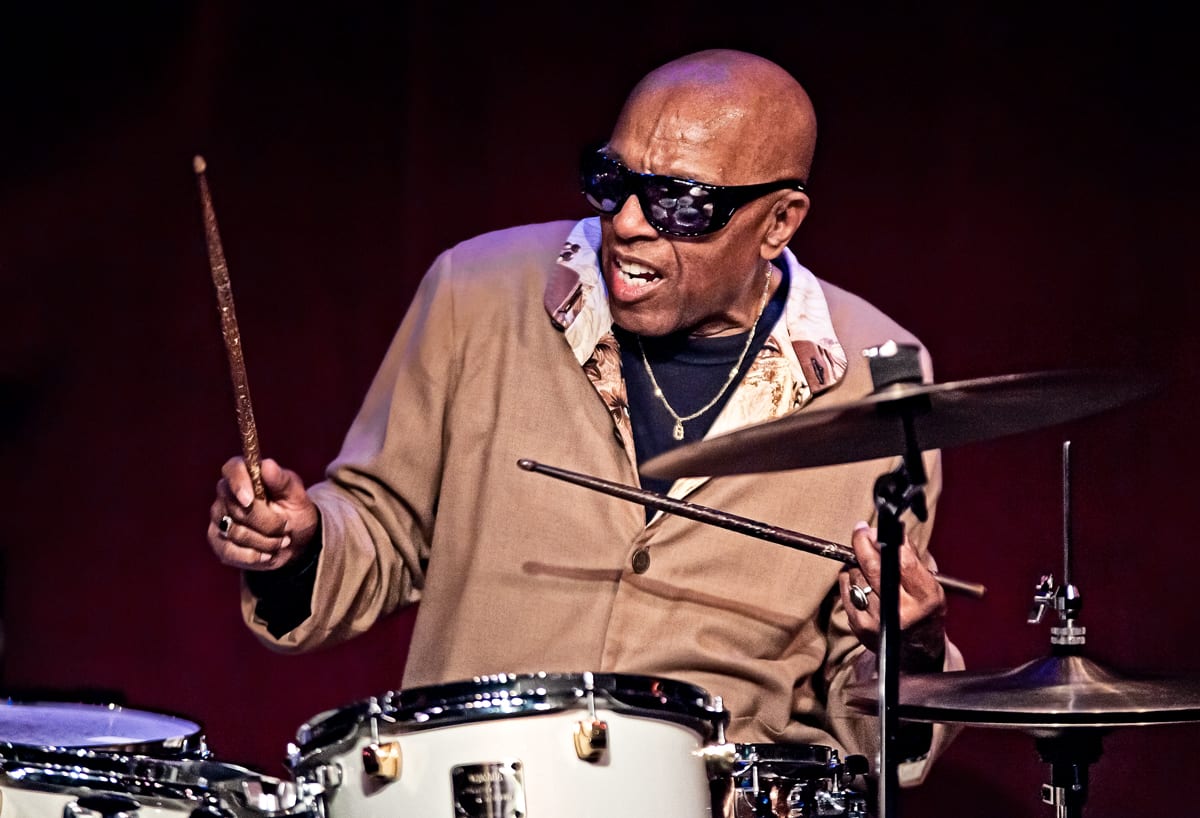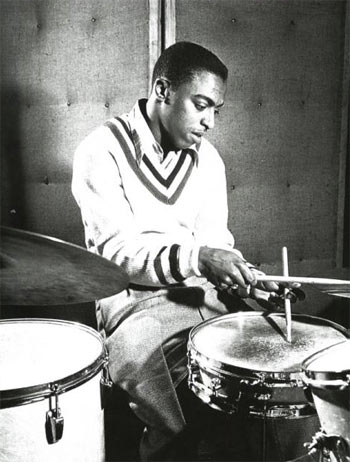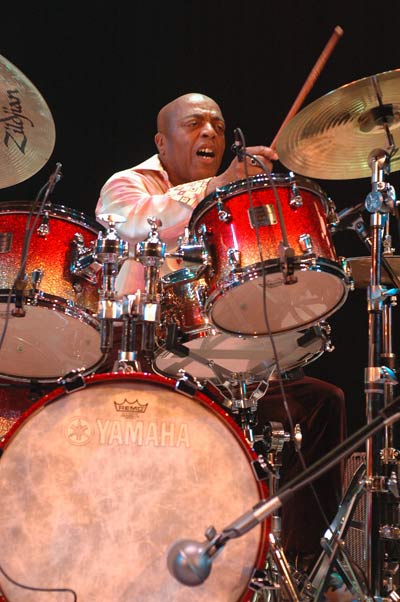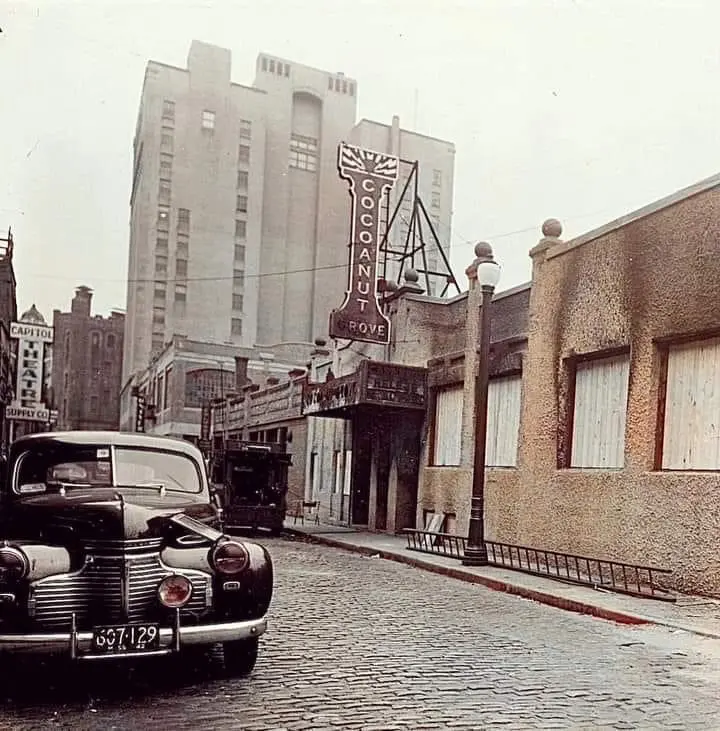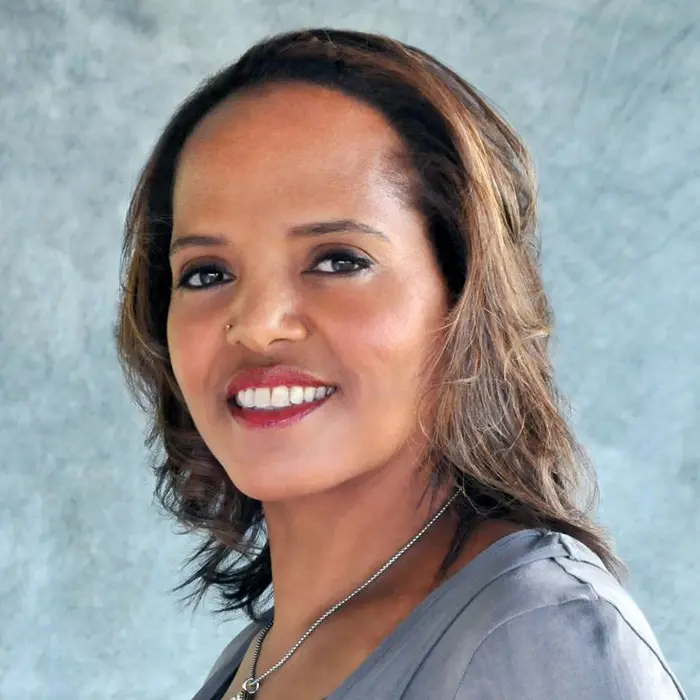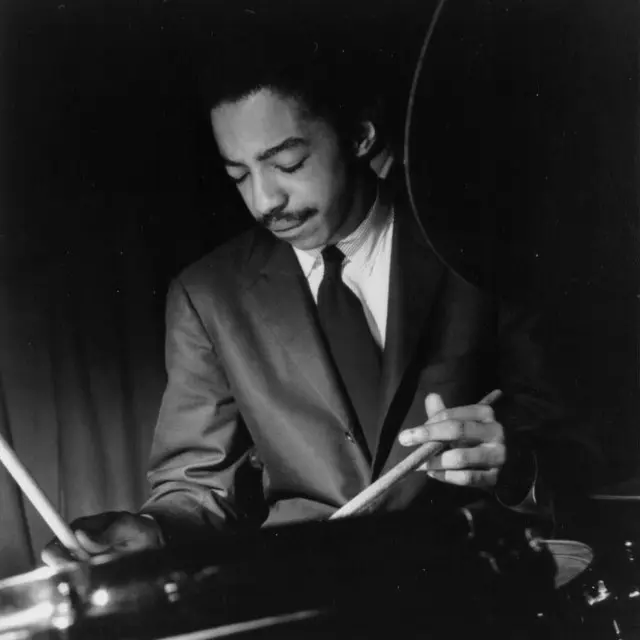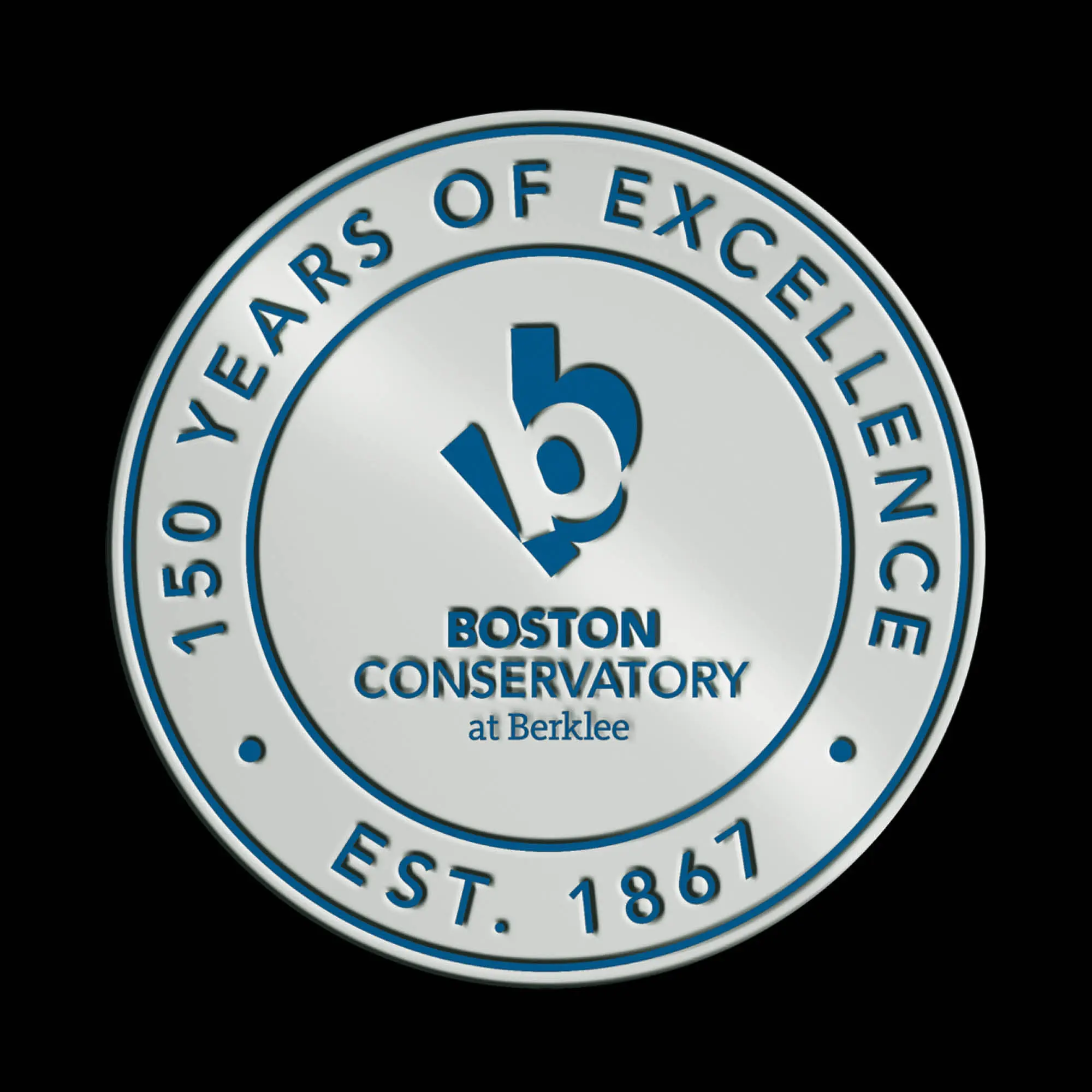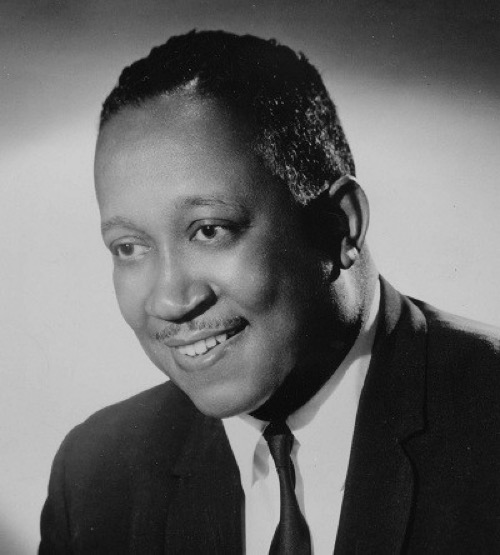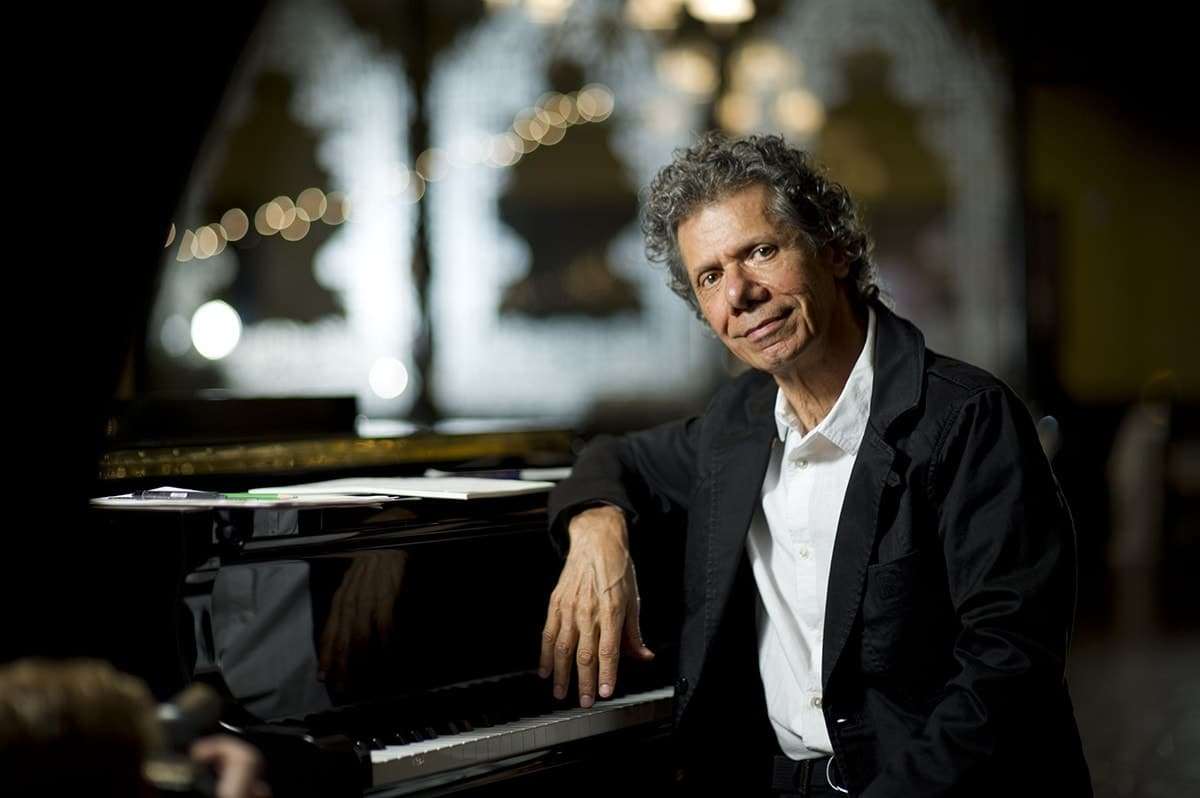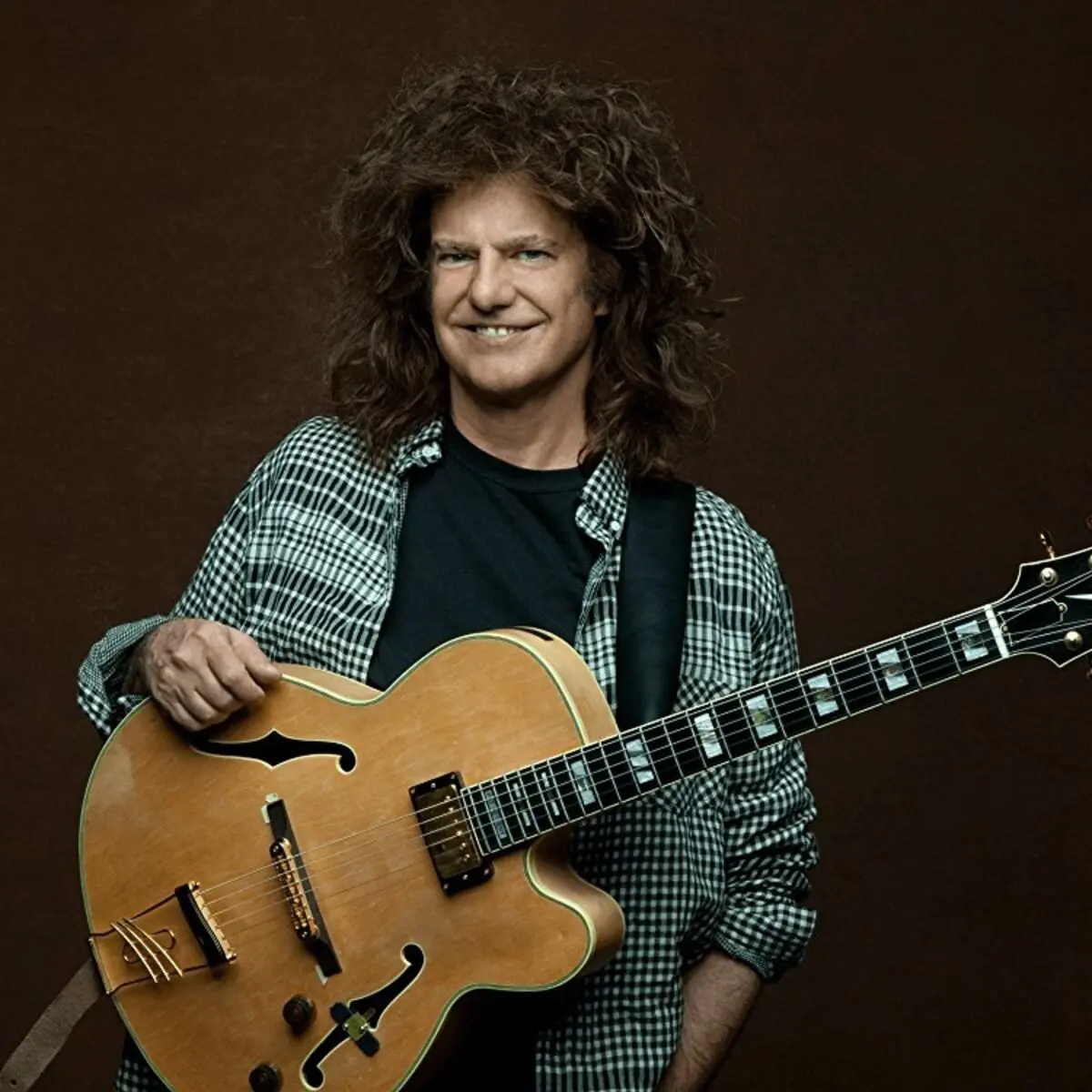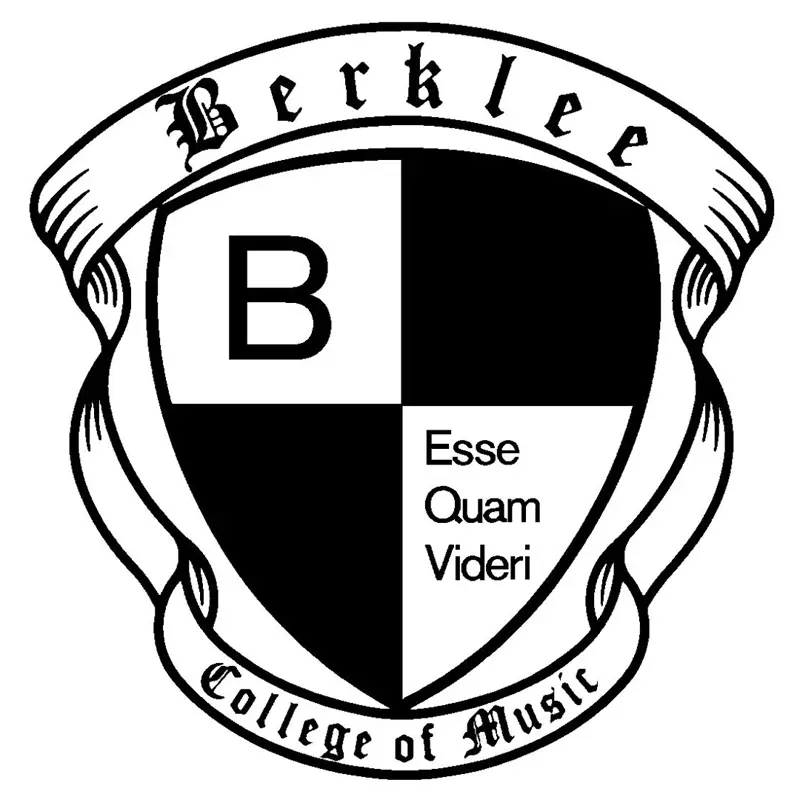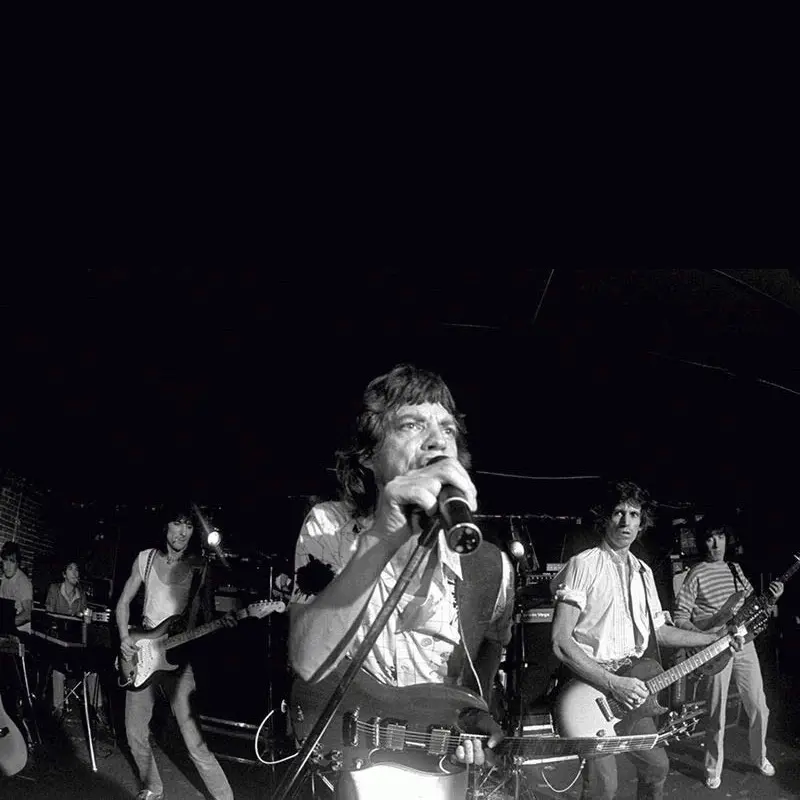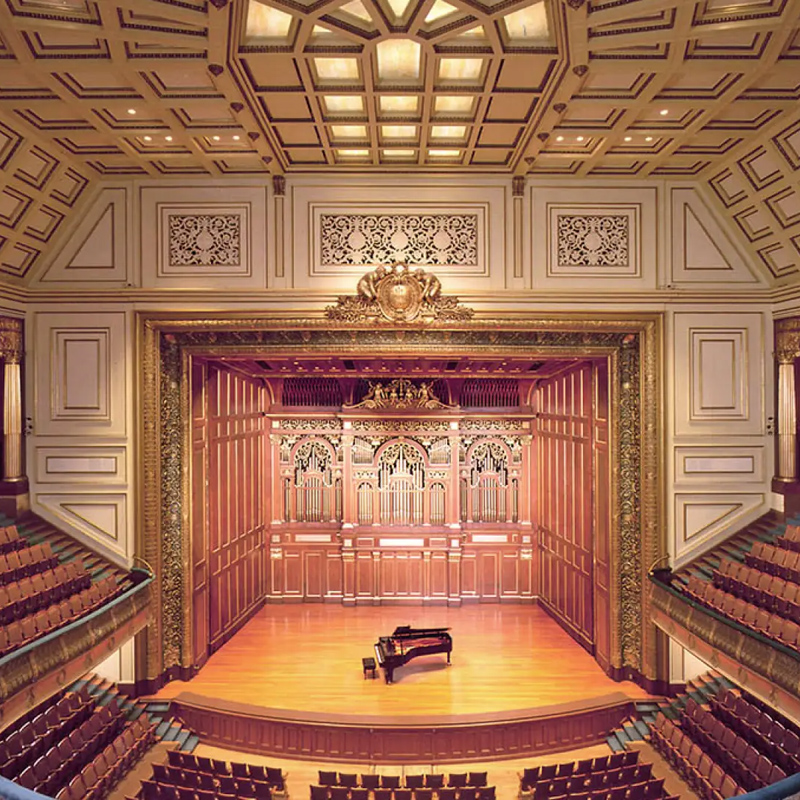Roy Haynes
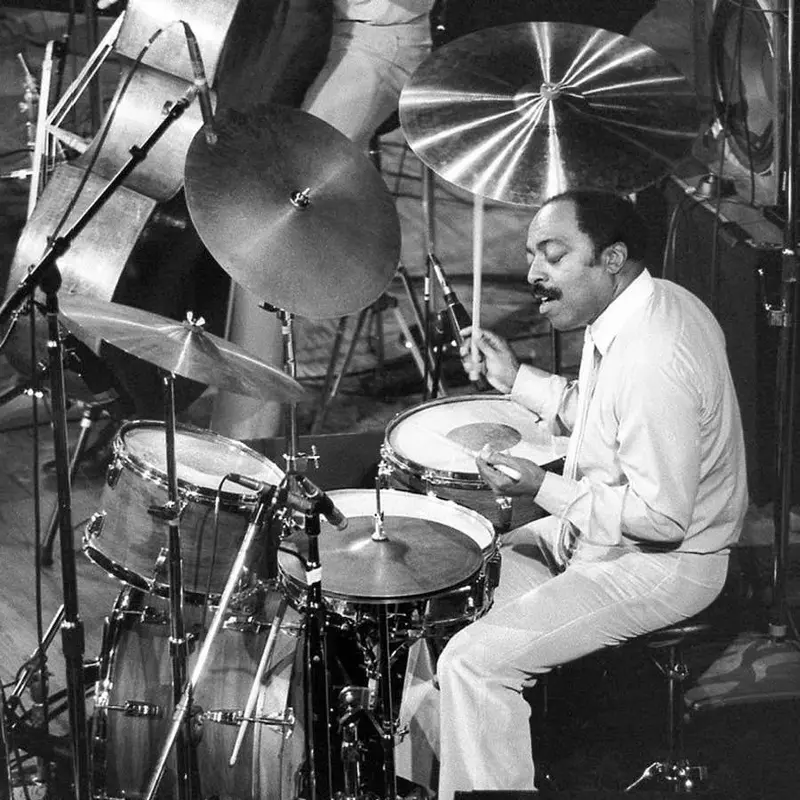
As pivotal as 1942 was in world history – World War II was raging and the first self-sustained nuclear chain reaction was demonstrated at the University of Chicago – it was also a landmark year in entertainment. Casablanca won the Academy Award for Best Picture, “White Christmas” won the Academy Award for Best Original Song and Cocoanut Grove in Boston went up in flames, killing 492 people.
Much less well known but equally historic for many drummers, 1942 was also the year that a 17-year-old Roxbury, Massachusetts native named Roy Haynes made his professional debut, beginning an 80-plus-year journey that led to him being known as “the father of modern drumming.” His influence on younger players, including fellow Bostonians Tony Williams and Terri Lyne Carrington, is as immeasurable as his impact on the larger jazz community and the genre itself.
MUSICAL BEGINNINGS
Born on March 13, 1925, Haynes was a first-generation American whose parents emigrated to Boston from Barbados. His earliest exposure to music was through his older brother, a trumpeter who went to New England Conservatory and who was “always listening to the radio” and “was my main connection to jazz,” Haynes once said. He introduced seven-year old Haynes to the music of Duke Ellington, Billie Holiday and Count Basie, whose drummer, Jo Jones (known as Papa Jo Jones to distinguish him from the younger Philly Jo Jones), Haynes cited as his first influence. In addition to his jazz-crazy brother, Haynes’ neighbors played a significant role in piquing his musical interest. “In Roxbury, an Irish family lived on one side of us and a French-Canadian lady lived on the other,” he told Modern Drummer magazine in 2004. “She played the piano every Sunday – Gershwin, Broadway tunes. Across the street, there was a synagogue. I heard them blow the ram’s horn and also sing religious music – chanting after a funeral.”
Most auspiciously, Haynes’ brother always kept a pair of drumsticks around the house and Haynes said that as soon as he picked them up, he was sure about what he wanted to do for the rest of his life. “I just knew I was a drummer. I was banging on everything in the house,” he told Modern Drummer. At age eight, he began taking lessons from Herbie White, who lived across the street from played with ragtime- and jazz-band leader James Reese Europe’s 369th Infantry Regiment Band. During his two and a half years at Roxbury Memorial High – Haynes left school halfway through his junior year – he played in the orchestra, the jazz band and briefly with the drum-and-bugle corps before realizing that that particular style wasn’t for him. “I was never a rudimental drummer,” he once said. “I think my sound comes from my mind more than my hands.”
In 1942, following one semester at the Boston Conservatory, Hayes made his professional debut in regular gigs with jazz and Dixieland saxophonist-clarinetist Sidney Bechet at the Savoy Café on Massachusetts Avenue in Boston. Over the next two years he also played with trumpeter Frankie Newton, saxophonist Pete Brown, the wildly popular Sabby Lewis Orchestra and, for a summer on Martha’s Vineyard, Phil Edmond, a New Bedford native and pioneering Creole-swing bandleader.
MOVE TO NEW YORK CITY, NOTABLE ‘40S/‘50S COLLABORATIONS
In 1945, Haynes’ moved to New York City to join Panamanian pianist Luis Russell’s orchestra, making his Big Apple debut at the historic Savoy Ballroom. The next year, while still with Russell’s band, he joined Louis Armstrong on a three-week tour of the South, which he called “a period of invaluable experience,” and from 1947 to 1949 he played with Lester Young, known as “the president of the saxophone.” He joined Danish-born trombonist Kai Winding’s sextet in 1950, working up and down 52nd Street and in the world’s most prestigious studios with artists including Bud Powell, Fats Navarro, Wardell Gray, Stan Getz, Charlie Parker, Miles Davis and Sonny Rollins before being in Sarah Vaughan backing band from 1953 to 1957, playing on three of her albums.
In 1958 and 1959, Haynes was as busy as any drummer has ever been, playing on three Thelonious Monk albums in addition to recording others with Sonny Rollins, trumpeter Art Farmer, drummer Art Blakey, harpist Dorothy Ashby, saxophonists Sonny Stitt and John Handy, pianists George Shearing, Randy Weston and Phineas Newborn, and guitarist Kenny Burrell while also recording his first solo album, We Three, accompanied by Newborn on piano and bassist Paul Chambers.
1960S-2000S COLLABORATIONS, SOLO ALBUMS
In the early 1960s, by which time he’d acquired the nickname “Snap Crackle” for his expressive, multi-accented sound, Haynes began sitting in regularly for Elvin Jones of The John Coltrane Quartet, and some of his most impassioned, inspiring work appears on Coltrane’s live albums Impressions and Newport ’63. Through the rest of the 1960s and until 2023, Haynes worked with who’s who of artists as diverse as Ray Charles and avant-garde saxophonist Eric Dolphy and his playing on Chick Corea’s 1968 LP Now He Sings, Now He Sobs, on which his mesmerizingly melodic soloing is placed at the forefront, is widely viewed as having set the gold standard for post-bop drumming. He also appeared on Corea’s 1997 album Remembering Bud Powell and recorded LPs with Pat Metheny (Question and Answer, 1990), Kenny Barron (Wanton Spirit, 1994) and Michel Petrucciani and Stéphane Grappelli (Flamingo, 1996), among many others.
After recording his solo debut in 1958, Haynes cut over 30 more albums as leader or co-leader of groups including The Hip Ensemble and The Fountain of Youth Band, the latter of which he led into his late 90s. Known for celebrating his birthday on stage, in 2020 his 95th birthday celebration at the Blue Note Jazz Club in New York City was canceled due to Covid-19 restrictions. “Age seems to have just passed him by,” said drummer Charlie Watts of The Rolling Stones in 2006. “He’s 83 and he was just voted Best Contemporary Jazz Drummer [in a Modern Drummer readers’ poll]. How amazing.”
AWARDS, ACCOLADES, DEATH, LEGACY
Unsurprisingly, Haynes received a plethora of accolades and awards, including honorary doctorates from Berklee College of Music and New England Conservatory. In 1999, he was inducted into the Modern Drummer Hall of Fame, followed in 2004 by his induction into DownBeat‘s. In 2001, his album Birds of a Feather: A Tribute to Charlie Parker was nominated for a Grammy for Best Jazz Instrumental Album, in 2010 he received a Grammy for Lifetime Achievement, and in 2019 he was given a Lifetime Achievement Award from the Jazz Foundation of America.
Haynes died on November 12, 2024 at age 99 in Nassau County, New York, on the South Shore of Long Island. In an obituary published in The New York Times, jazz writer and journalist Nate Chinen noted that Haynes was “one of the first jazz drummers to make expressive use of his left foot on the hi-hat pedal, breaking away from a metronomic stomp on beats two and four” and that he “brought a similar freedom of purpose to his snare and bass drum, with punchy accents that suggested a continuing conversation set against the pulse of his ride cymbal.”
“Mr. Haynes was an irrepressible force who proudly remained both relevant and stylish over a career spanning seven decades, having had a hand in every major development in modern jazz, beginning in the bebop era,” Chinen wrote. “Remarkably, he did so without significant alterations to his style, which was characterized by a bracing clarity – Snap Crackle was the nickname bestowed on him in the 1950s – along with locomotive energy and a slippery but emphatic flow.”
(by D.S. Monahan)

